An Environmental History of the Late Ottoman Frontier
hosted by Susanna Ferguson
| How did ordinary Ottoman subjects experience the momentous changes that made our modern world? This episode explores that question through the history of the Çukurova region of southern Turkey. As our guest Chris Gratien has argued in a new book entitled The Unsettled Plain: An Environmental History of the Late Ottoman Frontier, Çukurova can be studied as a microcosm of social and environmental change in the late Ottoman Empire. In our conversation, we explore how the approaches of environmental history can offer a fresh perspective on the political history of the Tanzimat period, and we discuss how the history of malaria -- an ancient disease -- sheds light on a modern experience of displacement and dispossession for rural communities in the Ottoman Empire and beyond.

 | Click for RSS Feed | 
|

|
How did ordinary Ottoman subjects experience the momentous changes that made our modern world? This episode explores that question through the history of the Çukurova region of southern Turkey. As our guest Chris Gratien has argued in a new book entitled The Unsettled Plain: An Environmental History of the Late Ottoman Frontier, Çukurova can be studied as a microcosm of social and environmental change in the late Ottoman Empire. In our conversation, we explore how the approaches of environmental history can offer a fresh perspective on the political history of the Tanzimat period, and we discuss how the history of malaria -- an ancient disease -- sheds light on a modern experience of displacement and dispossession for rural communities in the Ottoman Empire and beyond.

Map indicating location of places discussed in The Unsettled Plain. Map by Chris Gratien.

Ottoman map of Adana region following the settlement programs of the 1860s (click for high resolution). This map was drawn by the assistant engineer of the Province of Adana Yusuf Efendi in 1870/71. It labels all the settlements of the lowlands, surrounded by the Taurus and Amanus Mountains depicted with green shading. The settlements created for the local tribes (aşair) and new immigrants (muhacirin) were mainly located near the Ceyhan River (right half of the map). The map also depicts features like orchards around the cities of Adana, Tarsus, and Mersin, which residents used as spaces of leisure during the summer, along with wetlands such as the large Karabucak lagoon south of Tarsus (left side of map). Ruins of medieval fortifications such as Anavarza and Hemite, as well as near the Armenian ecclesiastical center of Sis at the foot of the mountains (upper-right corner) are also depicted. The port of İskenderun and the road to Aleppo through the Amanus Mountains mark the lower-right corner of the map. Source: Ottoman Archives, HRT-h 486.

Cotton harvest at a farm in late Ottoman Çukurova, early 20th century. Most agricultural labor in Çukurova was carried out by seasonal workers from Eastern Anatolia and Northern Syria. Source: Georges Tsapalos and Pierre Walter, Rapport sur le domaine imperial de Tchoucour-Ova. Paris: Villeneuve-Saint-Georges, 1912.

A Circassian house in Çukurova, early 20th century. From the 1850s onward, Muslim refugees from Crimea and the North Caucasus settled in the sparsely populated lowlands surrounding the Ceyhan River, becoming a major social demographic in Çukurova. Source: Georges Tsapalos and Pierre Walter, Rapport sur le domaine imperial de Tchoucour-Ova.
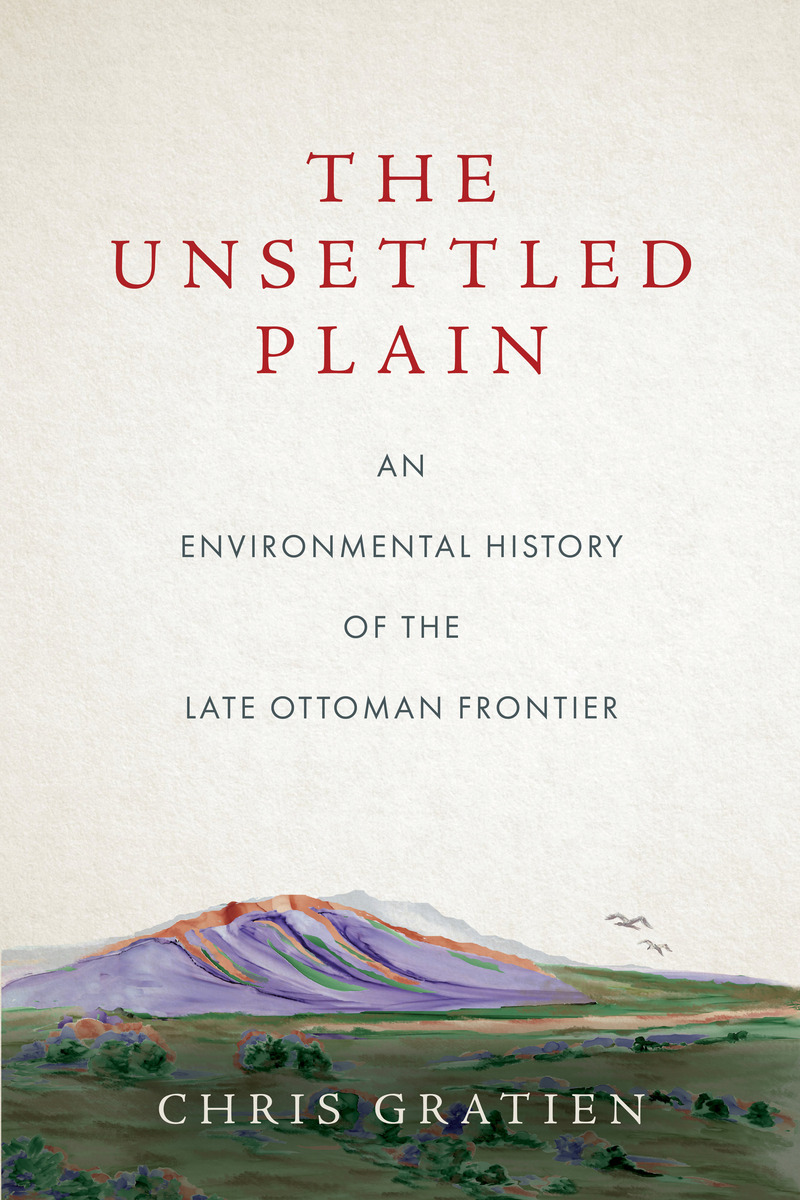
Contributor Bios
 |
Chris Gratien is Assistant Professor of History at University of Virginia, where he teaches classes on global environmental history and the Middle East. His first book, The Unsettled Plain: An Environmental History of the Late Ottoman Frontier, explores the social and environmental transformation of the Adana region of Southern Turkey during the 19th and 20th century. |
 |
Susanna Ferguson is Assistant Professor of Middle East Studies at Smith College. She writes and teaches on the history of gender, sexuality, and political thought in the modern Arab world. |
Credits
Episode No. 523
Release Date: 11 March 2022
Recording Location: Northampton, MA
Sound production by Chris Gratien
Music: Ruhi Su - Kalktı Göç Eyledi Avşar Elleri / İskan Türküsü (digitized by Chris Gratien); Seyfettin Sucu - Canım Anzılha (digitized by Chris Gratien); A.A. Aalto - Canyon; Pictures of the Floating World - Waves; Spent Lemons - The Hollow Plain
Bibliography and images courtesy of Chris Gratien
Additional thanks to Sam Dolbee
Release Date: 11 March 2022
Recording Location: Northampton, MA
Sound production by Chris Gratien
Music: Ruhi Su - Kalktı Göç Eyledi Avşar Elleri / İskan Türküsü (digitized by Chris Gratien); Seyfettin Sucu - Canım Anzılha (digitized by Chris Gratien); A.A. Aalto - Canyon; Pictures of the Floating World - Waves; Spent Lemons - The Hollow Plain
Bibliography and images courtesy of Chris Gratien
Additional thanks to Sam Dolbee
Further Listening
 |
Ella Fratantuono | 331
9/1/17
|
Migrants in the Late Ottoman Empire |
| Şölen Şanlı Vasquez | 513
9/16/21
|
The Circassian Diaspora | |
 |
Faisal Husain | 504
6/27/21
|
The Environmental Origins of Ottoman Iraq |
 |
Suja Sawafta | 414
6/14/19
|
The Environmental Politics of Abdul Rahman Munif |
 |
Yiğit Akın | 429
10/3/19
|
How War Changed Ottoman Society |
 |
Mostafa Minawi | 143
2/1/14
|
The Ottoman Scramble for Africa |
 |
Michael Christopher Low | 501
4/7/21
|
Ottoman Mecca and the Indian Ocean Hajj |
 |
Alan Mikhail | 070
9/16/12
|
Ecology and Empire in Ottoman Egypt |
 |
Bathsheba Demuth | 439
12/6/19
|
An Environmental History of the Bering Strait |
Images

Map indicating location of places discussed in The Unsettled Plain. Map by Chris Gratien.

Ottoman map of Adana region following the settlement programs of the 1860s (click for high resolution). This map was drawn by the assistant engineer of the Province of Adana Yusuf Efendi in 1870/71. It labels all the settlements of the lowlands, surrounded by the Taurus and Amanus Mountains depicted with green shading. The settlements created for the local tribes (aşair) and new immigrants (muhacirin) were mainly located near the Ceyhan River (right half of the map). The map also depicts features like orchards around the cities of Adana, Tarsus, and Mersin, which residents used as spaces of leisure during the summer, along with wetlands such as the large Karabucak lagoon south of Tarsus (left side of map). Ruins of medieval fortifications such as Anavarza and Hemite, as well as near the Armenian ecclesiastical center of Sis at the foot of the mountains (upper-right corner) are also depicted. The port of İskenderun and the road to Aleppo through the Amanus Mountains mark the lower-right corner of the map. Source: Ottoman Archives, HRT-h 486.

Cotton harvest at a farm in late Ottoman Çukurova, early 20th century. Most agricultural labor in Çukurova was carried out by seasonal workers from Eastern Anatolia and Northern Syria. Source: Georges Tsapalos and Pierre Walter, Rapport sur le domaine imperial de Tchoucour-Ova. Paris: Villeneuve-Saint-Georges, 1912.

A Circassian house in Çukurova, early 20th century. From the 1850s onward, Muslim refugees from Crimea and the North Caucasus settled in the sparsely populated lowlands surrounding the Ceyhan River, becoming a major social demographic in Çukurova. Source: Georges Tsapalos and Pierre Walter, Rapport sur le domaine imperial de Tchoucour-Ova.
Bibliography

Akın, Yiğit. When the War Came Home: The Ottomans' Great War and the Devastation of an Empire. Stanford: Stanford University Press, 2020.
Astourian, Stephan. “The silence of the land: agrarian relations, ethnicity, and power” in A Question of Genocide: Armenians and Turks at the end of the Ottoman Empire, edited by Ronald Grigor Suny, Fatma Müge Göçek, and Norman M. Naimark. Oxford; New York: Oxford University Press, 2011.
Bates, Daniel G. Nomads and Farmers: a Study of the Yörük of Southeastern Turkey. Ann Arbor, MI: University of Michigan, 1973.
Binboğa, Seçil. "The Soils of Turkey: Nature, Science, and Crisis (1930-1960)," in Transforming Socio-Natures in Turkey: Landscapes, State and Environmental Movements, eds. Onur İnal and Ethemcan Turhan. London: Routledge, 2020.
Çomu, Aslı Emine. The Exchange of Populations and Adana, 1830-1927. Istanbul: Libra, 2011.
Der Matossian, Bedross. The Horrors of Adana: Revolution and Violence in the Early Twentieth Century. Stanford: Stanford University Press, 2022.
Eberhard, Wolfram. Minstrel Tales from Southeastern Turkey. Berkeley: University of California Press, 1955.
_____. "Nomads and Farmers in Southeastern Turkey: Problems of Settlement." Oriens 6, no. 1 (1953).
Evered, Kyle T. and Emine Evered. "A Conquest of Rice: Agricultural Expansion, Impoverishment, and Malaria in Turkey." Historia Agrarica (2015).
Gerber, Haim. The Social Origins of the Modern Middle East. Boulder, CO: L. Rienner, 1987.
Gould, Andrew G. "Lords or Bandits? The Derebeys of Cilicia." International Journal of Middle East Studies 7, no. 4 (1976): 485-506.
______. "Pashas and Brigands : Ottoman provincial reform and its impact on the nomadic tribes of southern Anatolia, 1840-1885." University of California, Los Angeles, 1973.
Günergun, Feza and Şeref Etker. "From Quinaquina to 'Quinine Law': A Bitter Chapter in the Westernization of Turkish Medicine." Osmanlı Bilim Araştırmaları 14, no. 2 (2013).
Hamed-Troyansky, Vladimir. Imperial Refuge: Resettlement of Muslims from Russia in the Ottoman Empire, 1860-1914. PhD Thesis. Stanford University, 2018.
Hovannisian, Richard G. and Simon Payaslian. Armenian Cilicia. Costa Mesa, CA: Mazda Publishers, 2008.
Kaiser, Hilmar. "The Baghdad Railway and the Armenian genocide, 1915-1916: a case study in German resistance and complicity" in Remembrance and Denial: the case of the Armenian genocide, edited by Richard G. Hovannisian. Detroit: Wayne State University Press, 1998.
Kasaba, Reşat. A Moveable Empire: Ottoman Nomads, Migrants, and Refugees. Seattle: University of Washington Press, 2009.
Lewis, Norman N. Nomads and Settlers in Syria and Jordan, 1800-1980. Cambridge: Cambridge University Press, 2009.
McNeill, John Robert. The Mountains of the Mediterranean World: An Environmental History. Cambridge: Cambridge University Press, 1992.
Procházka-Eisl, Gisela and Stephan Procházka. The Plain of Saints and Prophets: the Nusayri-Alawi Community of Cilicia (Southern Turkey) and Its Sacred Places. Wiesbaden: Harrassowitz Verlag, 2010.
Tabak, Faruk. The Waning of the Mediterranean, 1550-1870: a geohistorical approach. Baltimore, Md.: Johns Hopkins University Press, 2008.
Tachjian, Vahé. La France en Cilicie et en Haute-Mésopotamie: aux confins de la Turquie, de la Syrie et de l'Irak: (1919-1933). Paris: Karthala, 2004.
Tamdoğan, Işık. "La Mobilité comme compétence dans la Société Ottomane: Nomades de la Çukurova et travailleurs migrants à Üsküdar au XVIIIè siècle," in Le monde de l’itinérance en Méditerranéé, ed. Claudia Moatti, Wolfgang Kaiser, and Christophe Pébarthe. Bordeux: De Boccard, 2009.
Toksöz, Meltem. Nomads, Migrants and Cotton in the Eastern Mediterranean: the making of the Adana-Mersin region 1850-1908. Leiden: Brill, 2010.
Varlık, Nükhet. "'Oriental Plague' or Epidemiological Orientalism? Revisiting the Plague Episteme of the Early Modern Mediterranean," in Plague and Contagion in the Islamic Mediterranean, ed. Nükhet Varlık. Kalamazoo, MI: Arc Humanities Press, 2017.
Zürcher, Erik Jan. The Young Turk Legacy and Nation Building: from the Ottoman Empire to Atatürk's Turkey. London: I.B. Tauris, 2010.
Turkish-Language Works
Aydın, Suavi. "Toroslarda Yaylacılık ve Çukurova'nın Önemi." Kebikeç, no. 21 (2006).
Bayraktar, Hilmi. "Kırım ve Kafkasya'dan Adana Vilayeti'ne Yapılan Göç ve İskânlar (1869-1907)." Türkiyat Araştırmaları Dergisi, no. 22 (2007).
_____. “Kırım Savaşı Sonrası Adana Eyaleti’ne Yapılan Nogay Göç ve İskânları (1859–1861)" Bilig, no. 45 (2008).
Boratav, Pertev Naili. Çukurova'da folklor derlemeleri. Ankara: Türk Tarih Kurumu, 1947.
Cebe, Günil Ayaydın. "İskâna Direnen Kimlik: Dadaloğlu'nun Coğrafyası," Milli Folklor 23, no. 90 (2011).
Cevdet Paşa, Ahmed. Ma'rûzât (haz. Yusuf Halaçoğlu). İstanbul: Çağrı Yayınları, 1980.
Ener, Kasım. Tarih boyunca Adana ovasına bir bakış. Adana: Bugün Matbaası, 1958.
Esen, Ahmet Şükrü, Pertev Naili Boratav, and Rémy Dor. Anadolu Ağıtları. Istanbul: İletişim, 1997.
Gücüm, Kuntay. İmparatorluğun “Liberal” Yılları (1856-1870). Istanbul: Tarih Vakfı, 2015.
Karaömerlioğlu, Asım. Orada Bir Köy Var Uzakta: Erken Cumhuriyet döneminde köycü söylem. Istanbul: İletisim, 2006.
Karasandık, Özlem. "Çağdaşlaşma Sürecinde Adana (1839-1876)." Ph.D., Ankara University, 2012.
Kemal, Yaşar. Binboğalar Efsanesi. Istanbul: YKY, 1971.
Kırımlı, Hakan. Türkiye'deki Kırım Tatar ve Nogay köy yerleşimleri. Istanbul: Tarih Vakfı, 2012.
Oğuz, İbrahim. Tarsus şer'iyye sicillerine göre Mersin kentinin kuruluş öyküsü. Mersin: Mersin Ticaret ve Sanayi Odası, 2006.
Toros, Taha. Çukurova ve Toroslarda Köy İktisadiyatı. Adana: Yeni Adana Basımevi, 1939.
Ulutaş, Songül. 19. yüzyılda Tarsus'ta ekonomik ve sosyal yaşam (1856-1914). Tarsus : Tarsus Ticaret ve Sanayi Odası, 2015.
Yurtsever, Cezmi. Çukurova Türkmenleri. Adana: Çukurova Yayınları, 2007.
Armenian Memory Literature
Galustean, Grigor. Մարաշ կամ Գերմանիկ եւ հերոս Զէյթուն. New York: Marashi Hayrenaktsʻakan Miowtʻiwn, 1934.
Keleshean, Misak. Սիս-մատեան: պատմական, բանասիրական, տեղեկագրական, ազգագրական եւ Հարակից պարագաներ. Beirut: Hay Chemaran, 1949.
Poghosean, H. P. Հաճընի ընդհանուր պատմութիւնը եւ շրջակայ Գօզան֊Տաղի հայ գիւղերը Los Angeles: Bozart Press, 1942
H. Ter Ghazarean, Հայկական Կիլիկիա: տեղագրութիւն. Antelias: Katʻoghikosutʻean Hayotsʻ Metsi Tann Kilikioy, 2006.
Yeghiayean, Buzand. Ատանայի հայոց պատմութիւն Antelias: Katoghikosutean Hayots Kilikioh, 1970.
Զէյթունի պատմագրիրք. Buenos Aires: Tp. Ararat, 1960.
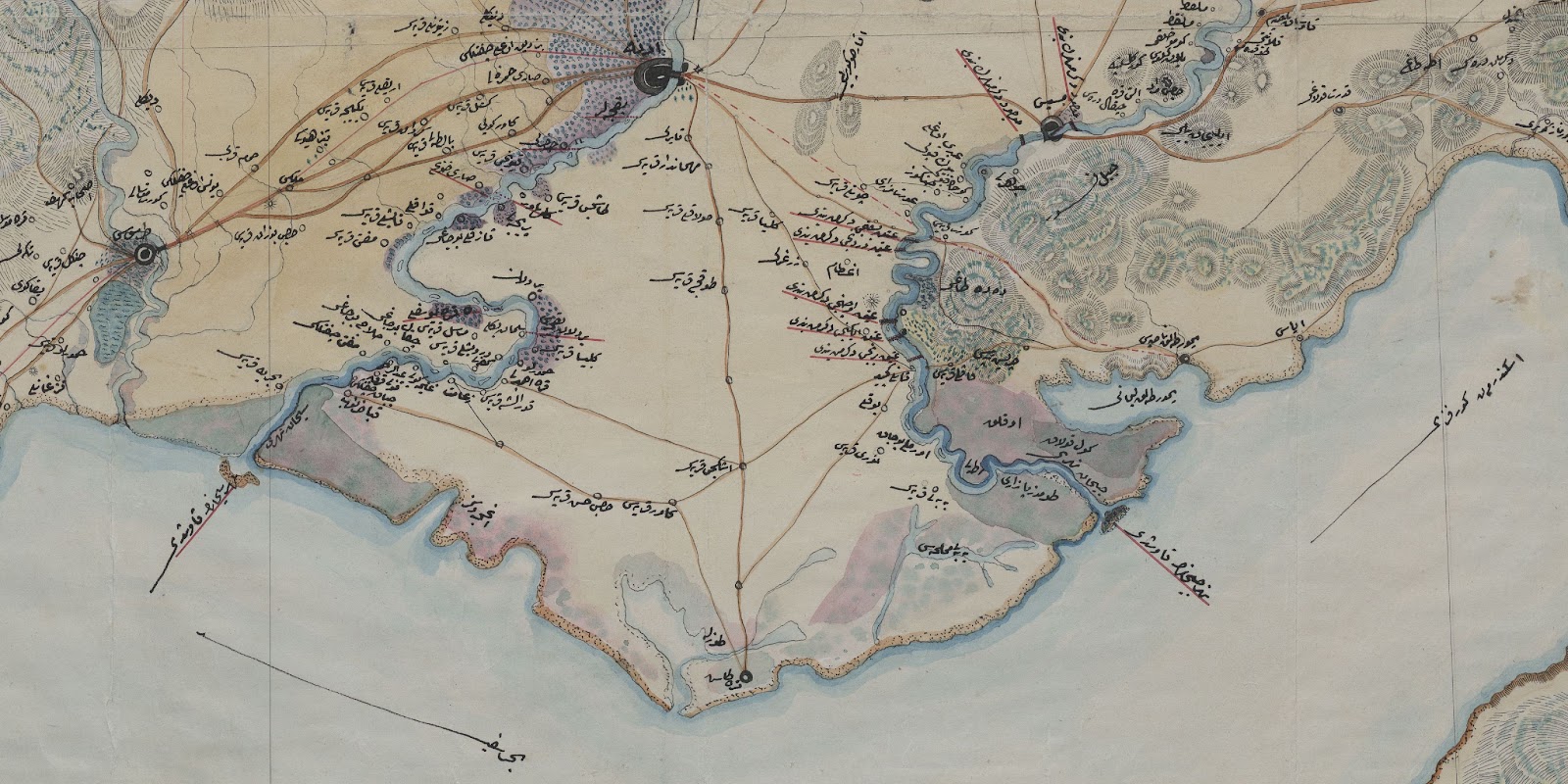
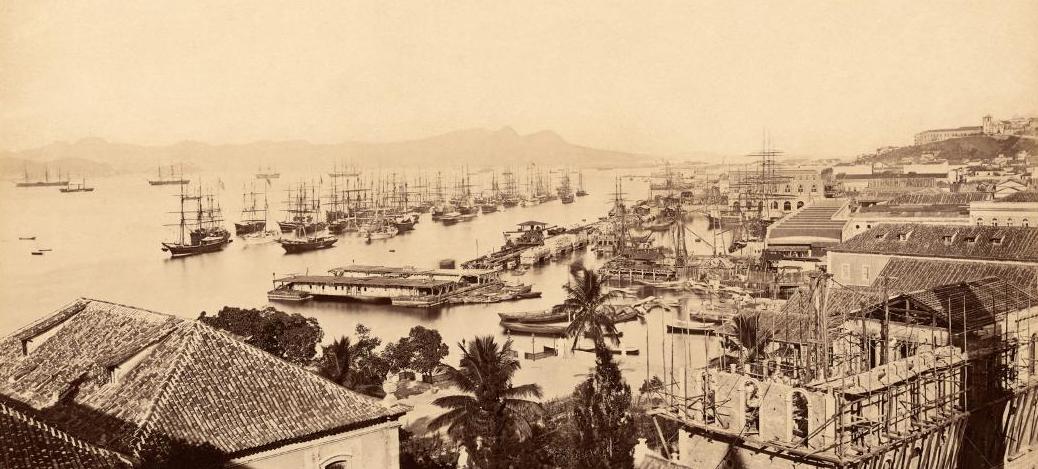
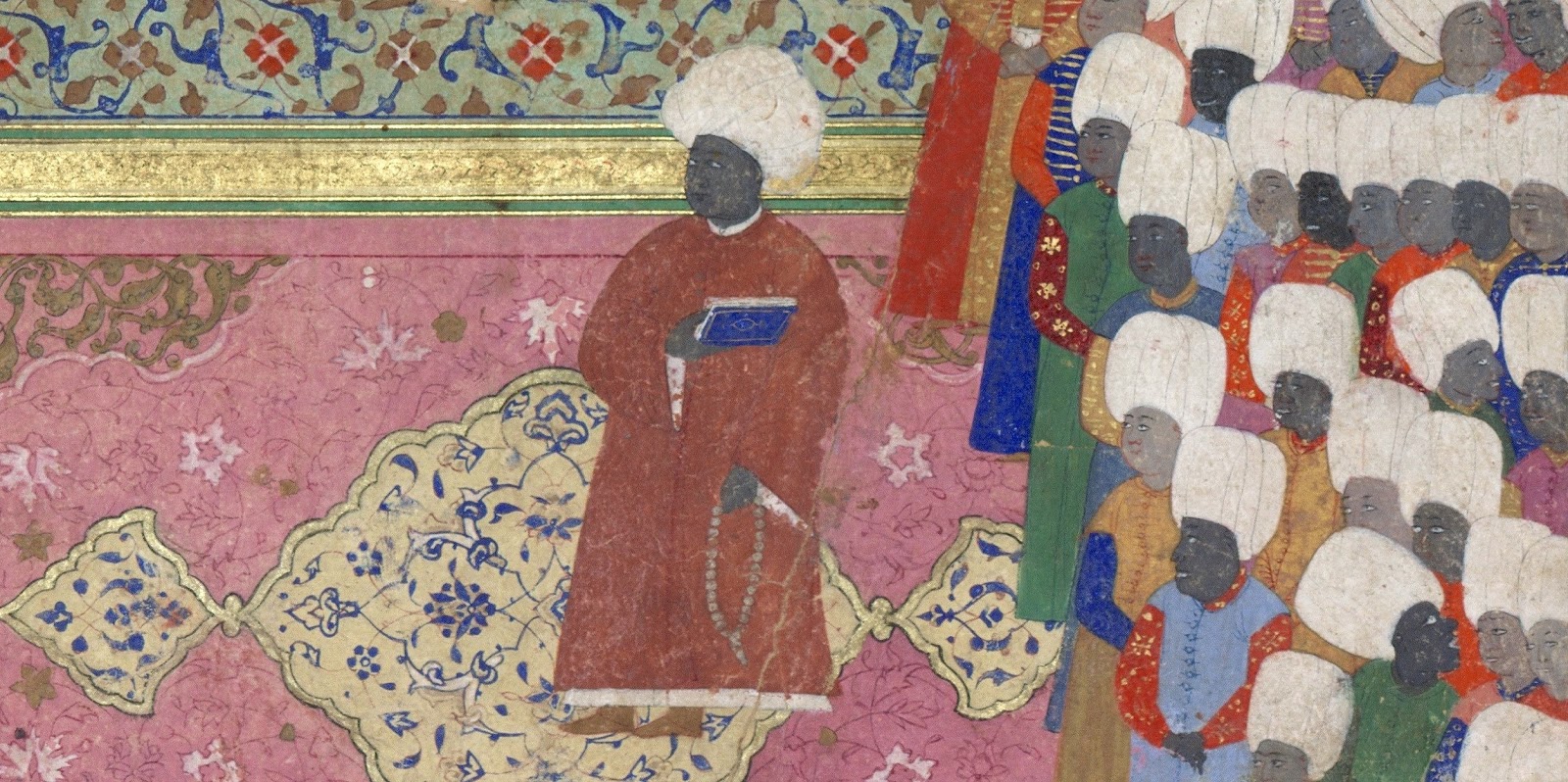


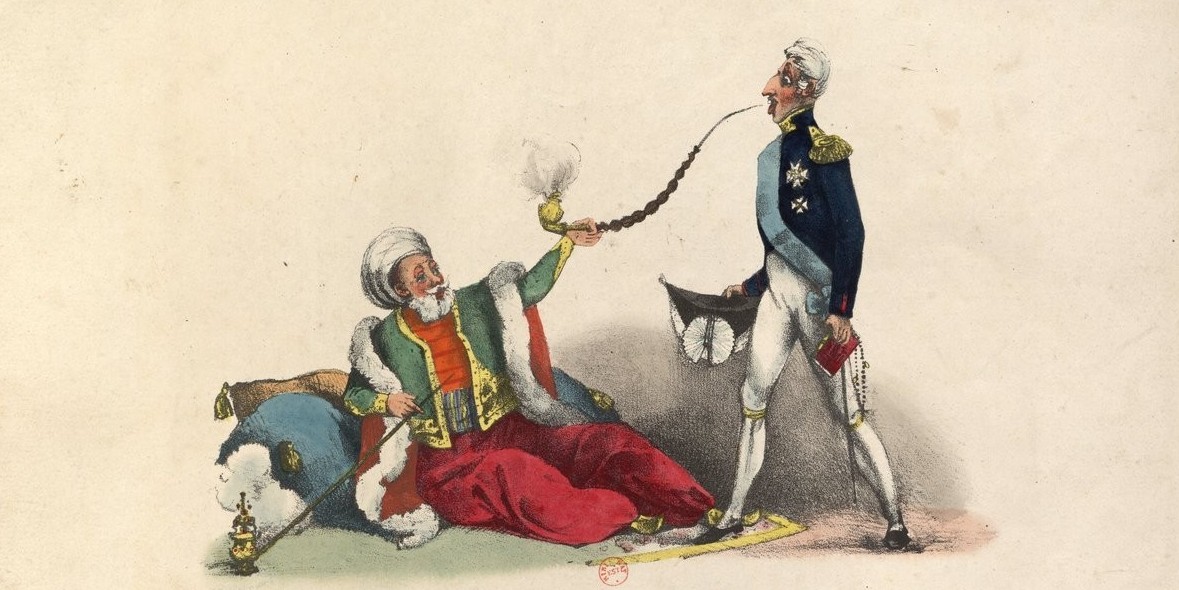



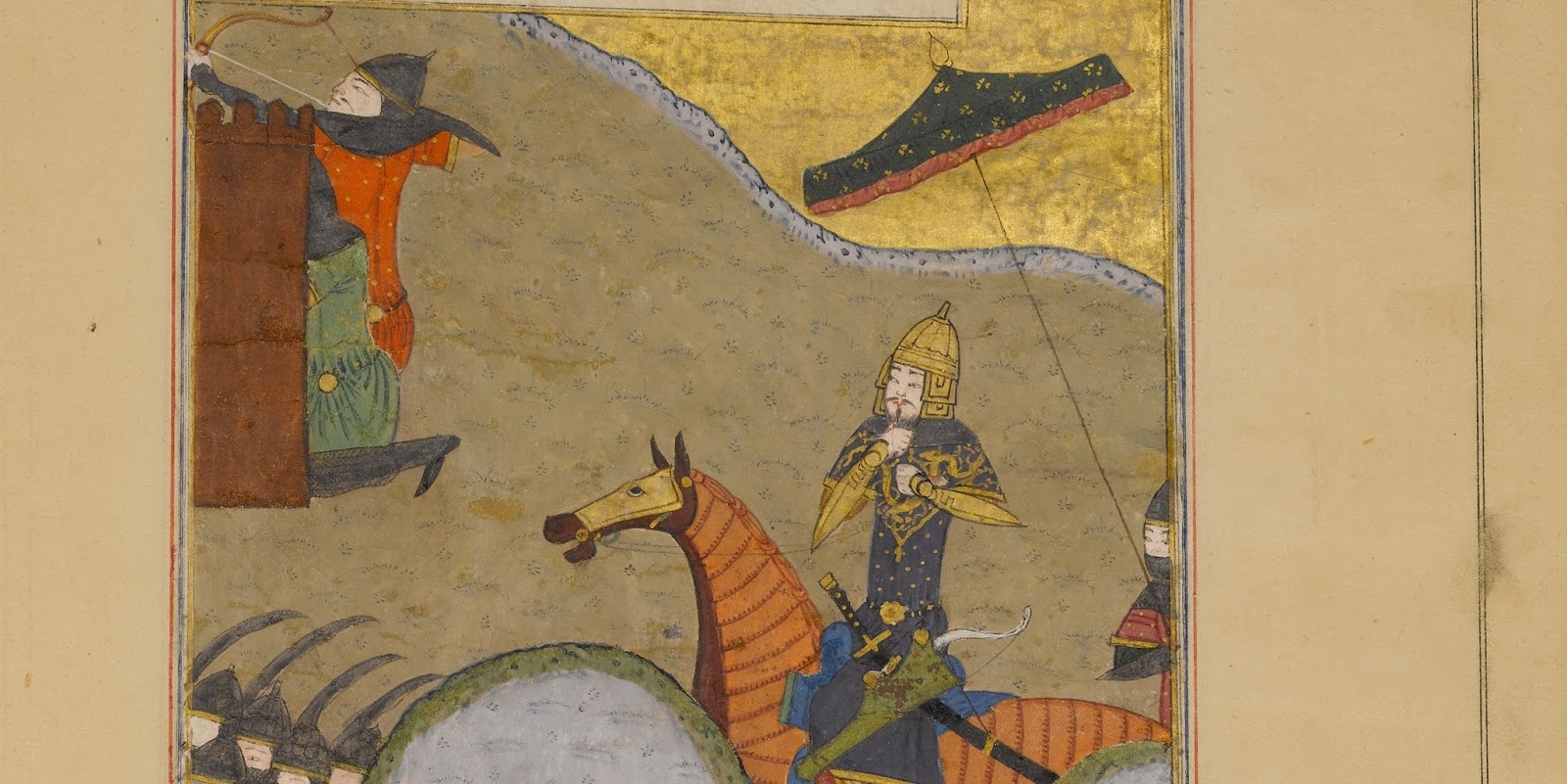
Comments
Post a Comment
Due to an overwhelming amount of spam, we no longer read comments submitted to the blog.